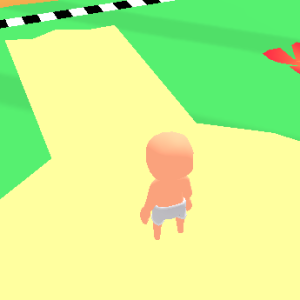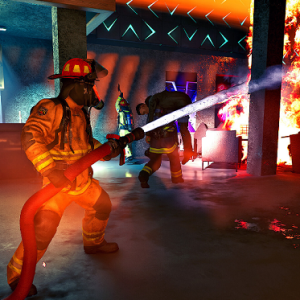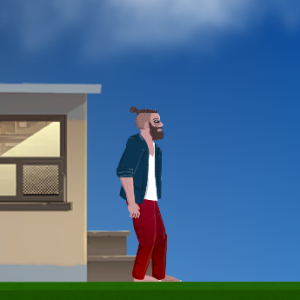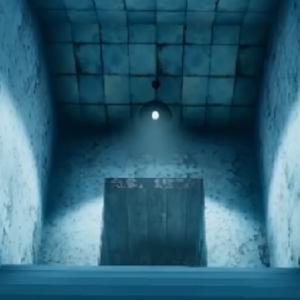Similiar games
Forsaken is a first-person action game set in a world that has collapsed under the weight of a failed civilization. The player takes the role of a lone explorer navigating the remnants of once-advanced structures, now abandoned and overtaken by nature and decay. The game drops the player into a network of tunnels, broken cities, and forgotten facilities, offering no guidance beyond basic survival tools. With a focus on atmosphere, traversal, and careful observation, the player must uncover what happened to the world while facing hostile remnants of its past.
Exploration and Combat Systems
The environments in Forsaken are designed to feel empty but layered, with secrets hidden in quiet corners and high places. Movement is a key part of the gameplay, as the player uses jump packs, wall-runs, and grappling tools to reach new areas. Combat is fast and reactive, requiring players to combine movement with weapons and energy-based tools. Enemies are mechanical or corrupted lifeforms left behind when civilization collapsed, and they often guard areas with valuable information or resources. Weapons and upgrades are found rather than bought, encouraging exploration and risk-taking.
Main Gameplay Features
- First-person movement-based exploration in large, open environments
- Fluid combat system combining traditional weapons and mobility tools
- Environmental storytelling through ruins, symbols, and scattered messages
- Crafting system tied to materials gathered in dangerous zones
- No linear path, with progression based on player decisions and routes
- Upgradeable gear discovered through exploration, not a leveling system
World Design and Atmosphere
Forsaken uses its setting to tell a story without heavy dialogue or cutscenes. Visual cues, broken structures, and damaged machines give hints about the past. Some areas show signs of conflict, others appear frozen in time. The player slowly uncovers pieces of history that suggest a technological collapse or a failed experiment that affected the world on a massive scale. Each area is connected by underground pathways, broken bridges, or hidden elevators, encouraging players to learn the map and find alternative routes to progress.
Audio also plays a key role. Environmental sounds, distant echoes, and mechanical disturbances serve as both atmosphere and warning. Some areas shift in tone depending on the player’s actions or the time spent there. These changes are subtle but help build a sense of tension and progression. The world feels reactive even though it remains largely silent, and each location tells part of the larger mystery through design alone.




















